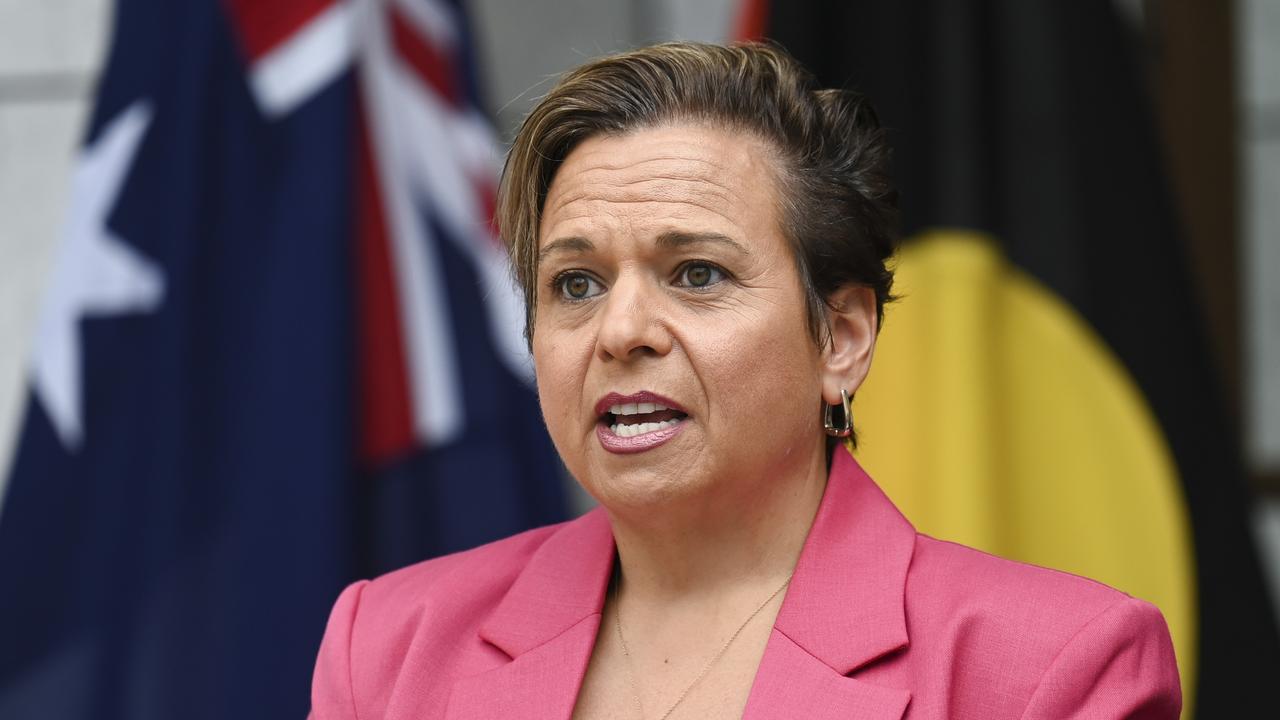Bid to solve $3.1b plague affecting one in two Australians
The government is eyeing SMS scammers and has introduced a new scheme stripping them of one important weapon they use to target Aussie victims.

The Albanese government is seeking to take a bite out of the $3.1 billion scam industry ripping off thousands of Aussies every year by making it harder for SMS fraudsters to impersonate trusted brands.
Legitimate companies often use Sender ID, or message headers, to identify themselves when communicating with customers.
However, those same message headers are also sometimes used by scammers to trick victims into thinking they’re big brands.
The government has launched its new Sender ID Registry, which was funded in last year’s budget.
Under the scheme, businesses register their brand names alongside a phone number, preventing scammers from hijacking the company’s name in attempted SMS frauds.
It means that unless the phone number sending the message has been registered, it can’t use a brand name in its message header.

Telcos are then required to block suspicious messages before they’re sent to customers.
A pilot scheme was launched late last year with a handful of businesses and government organisations - which are often impersonated by fraudsters - taking part, including some of the big banks, the Australian Taxation Office, and telcos such as Telstra and Optus.
The scheme has been funded to the tune of $10 million over four years and will be administered by the Australian Communications and Media Authority.
According to the Australian Bureau of Statistics, 13.2 million Aussies - about half the country’s population - were contacted by scammers in 2021-22.
And in 2022, losses reported to authorities topped a record $3.1 billion
Scammers are known to target vulnerable Australians, including the elderly, migrants and people with non-English speaking backgrounds, and people with disabilities.

According to Scamwatch, SMS scams are the most common forms of fraud and cost victims almost $27 million last year.
The government has touted the Sender ID registry as being a part of a broader attack on scammers which includes setting up the National Anti-Scam Centre and providing $17.6 million in funding to ASIC to crack down on fake investment websites.
“The Albanese Government’s innovative SMS Sender ID Registry is helping to stop criminals from ripping Australians off through sophisticated text message scams,” Communications minister Michelle Rowland said.
“We’re committed to a national rollout of the Registry that works for both Australians and the businesses that serve them.
“Feedback from consumers, businesses, charities and government services will help inform the next phase of the Registry, including on whether the scheme should be mandatory.”




